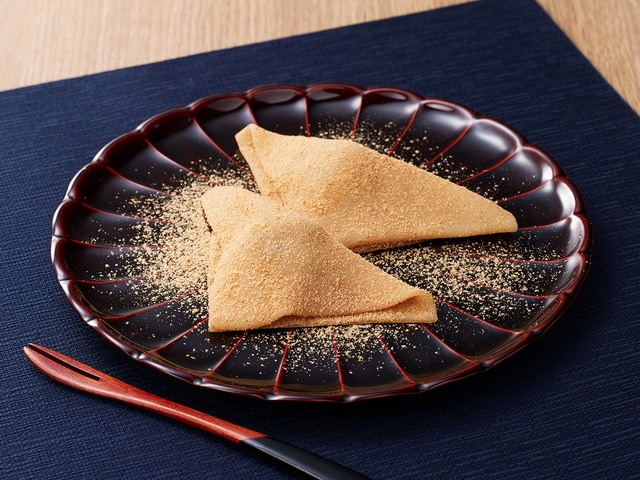
A surprisingly simple way to give your taste buds a trip to Kyoto whenever you want to.
A trip to Kyoto will leave you with life-long memories of the city’s tranquil gardens, historic architecture, and traditional culture. And if you do your Kyoto trip the right way, it should also leave you with life-long cravings for nama yatsuhashi, which you can see pictured above.
Nama yatsuhashi, Kyoto’s representative confectionary, are an evolved form of yatsuhashi, rice crackers seasoned with a mixture of cinnamon and kinako (roasted soybean powder). But whereas yatsuhashi are crisp and semi-cylindrical, shaped like long roof tiles, nama yatsuhashi are triangular folds of chewy mochi with a filling of anko (sweet red bean paste).
Nama translates literally to “raw,” but that’s meant here in a figurative sense, since while nama yatsuhashi are soft, the dough still has to be cooked. It turns out, though, that you can do all the necessary cooking in your microwave, and that nama yatsuhashi are pretty easy to make yourself, as Japanese spice company S&B posted a recipe for microwave-made nama yatsuhashi on their official website, and when we saw it we jumped at the chance to try it for ourselves.
The ingredient list is short and simple, consisting of just seven things:
● Shiratamako (glutinous rice flour) (50 grams [1.8 ounces])
● Joshinko (non-glutinous rice flour) (50 grams [1.8 ounces])
● Sugar (60 grams [2.1 ounces])
● Water (150 milliliters [5.1 ounces])
● Cinnamon (2 teaspoons)
● Kinako (roasted soybean powder) (3 tablespoons)
● Tsubu-an (sweet red bean paste) (100 grams [3.5 ounces])
Step 1
The above quantities are enough to make 10 pieces, so start by dividing up the tsubu-an into that many servings.
Step 2
In a bowl, mix together the cinnamon and kinako.
Step 3
Put the glutinous rice flour in a microwave-safe bowl and gradually add in half (75 milliliters) of the water, stirring the mixture enough to remove any lumps from the flour. Once that’s done, add the sugar, non-glutinous rice flour, and remaining water.
Step 4
Cover the bowl with plastic wrap and heat the mixture in the microwave for 1 minute and 30 seconds at 600 watts.
Step 5
Take the bowl out of the microwave and stir the contents again. Replace the wrap and put it back in the microwave for another minute and 30 seconds.
Step 6
After its second stint in the microwave, the once-liquid mixture will now have a thick and chewy (or, as it’s called in Japanese “mochi mochi”) quality!
It won’t have completely solidified, and you’ll actually need to use a bit of force to stir everything up a little more to get a uniform consistency.
It’s now time to add the cinnamon and kinako, which you could do by sprinkling it onto the dough, but a more effective method is to instead spread the powder onto a flat surface like a large cutting board…
…put the dough on top of it…
…and then flatten the dough out with a rolling pin, since you’re eventually going to need to form it into sheets anyway.
▼ S&B recommends rolling the mochi dough to a thickness of about 2 to 3 millimeters (roughly 0.1 inch).
Step 7
Let the dough cool, then cut it into squares of roughly 8 centimeters (3.1 inches) per side, using a knife or pizza cutter.
Place a dollop of sweet bean paste in the center of each square, then fold them into triangles.
Step 8
Finally, if you’ve got any of the cinnamon and kinako left over, you can use a tea strainer to finish off your treats with a dusting of the mixture.
And with that, your nama yatsuhashi are ready to eat!
We’ll admit that ours didn’t look quite as nice as the professionally made versions that are evergreen best-sellers in Kyoto souvenir shops, but considering this was our very first time to ever make them, we think our first batch looks pretty decent, with a certain charmingly rustic aesthetic going on.
But of course, the real test is how they taste, and when we took a bite, we were honestly surprised at how great they’d turned out! The sweetness of the tsubu-an, the fragrant and sophisticated elements of the cinnamon and kinako, and the invitingly soft and chewy texture of the mochi? They were all there, and so wonderful that, if we’d had our eyes closed while we were eating, we’re not sure we would have noticed any difference between the batch we’d whipped up with our microwave and a pack of professional store-bought nama yatsuhashi.
So now that we know we can make both nama yatsuhashi with our microwave and chanko nabe sumo wrestler stew in our rice cooker, we’re all set to make both dinner and dessert with minimum hassle and maximum deliciousness.
Reference, top image: S&B
Insert images ©SoraNews24
● Want to hear about SoraNews24’s latest articles as soon as they’re published? Follow us on Facebook and Twitter!
[ Read in Japanese ]


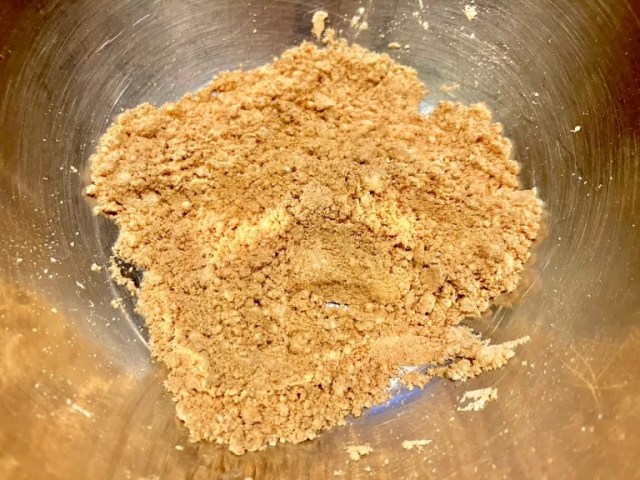
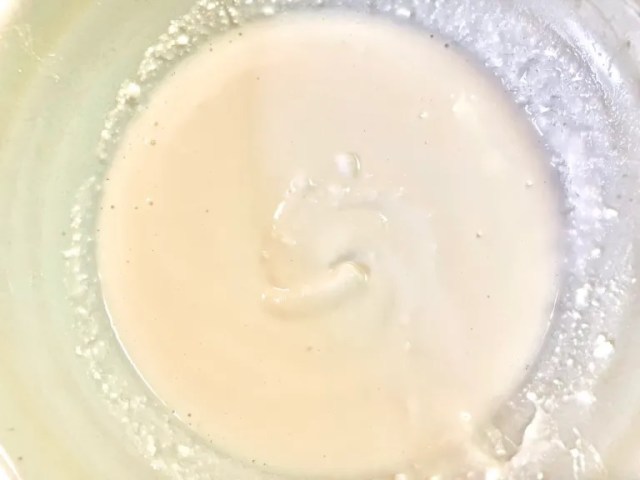
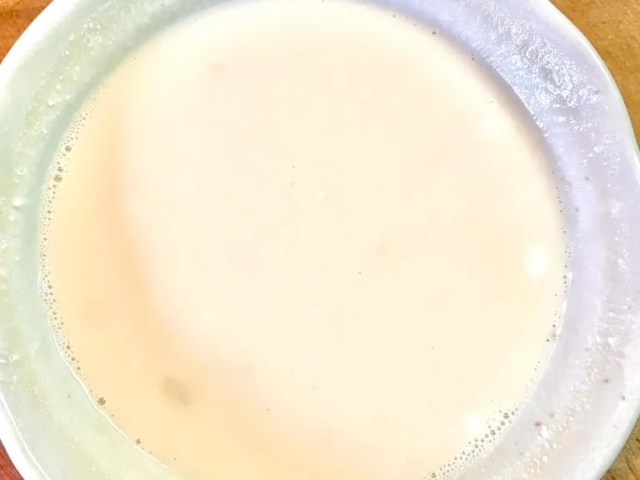
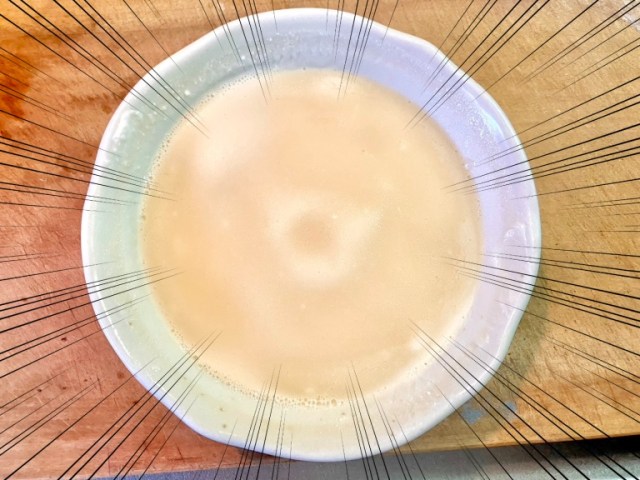
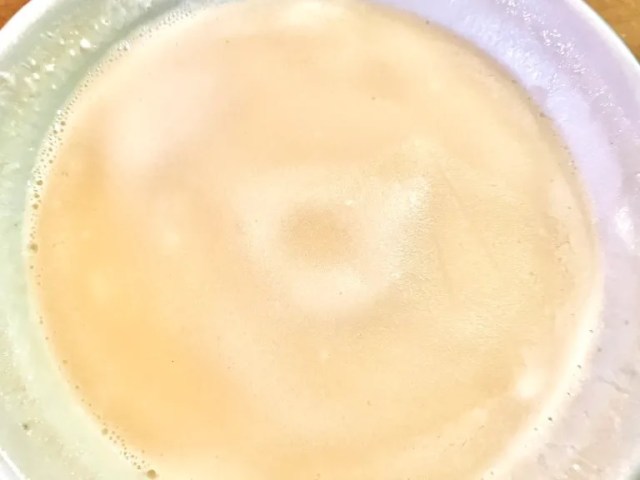
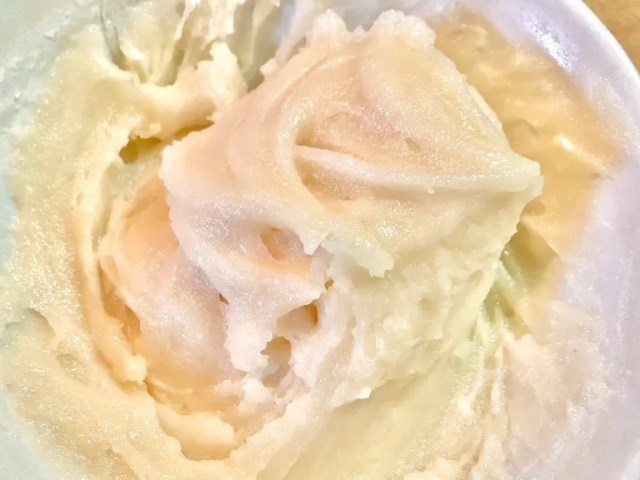
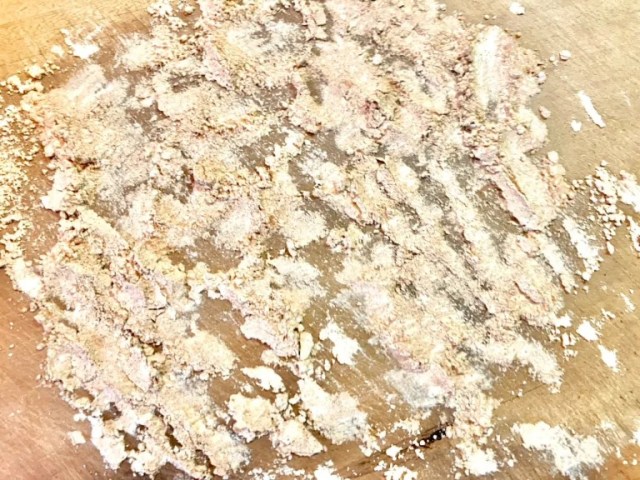
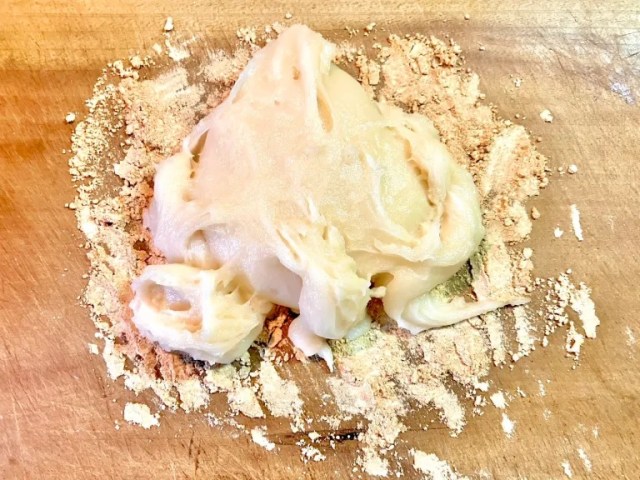
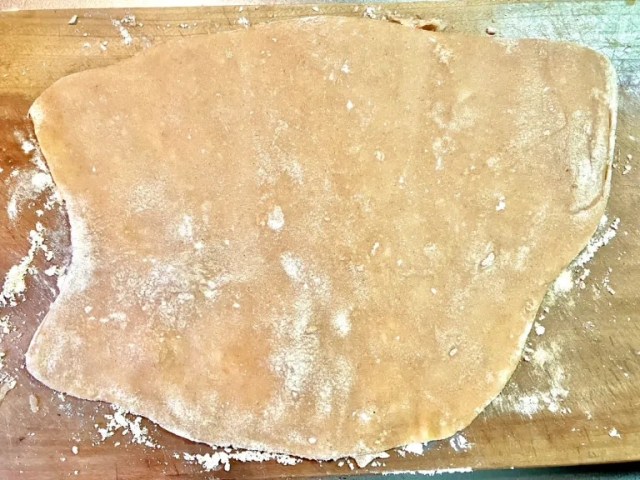
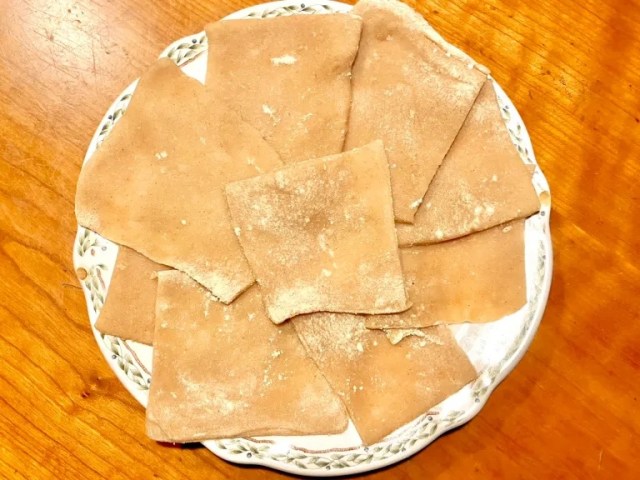
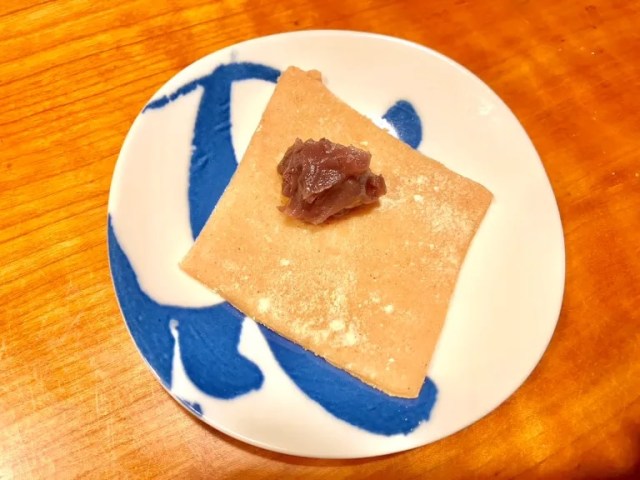


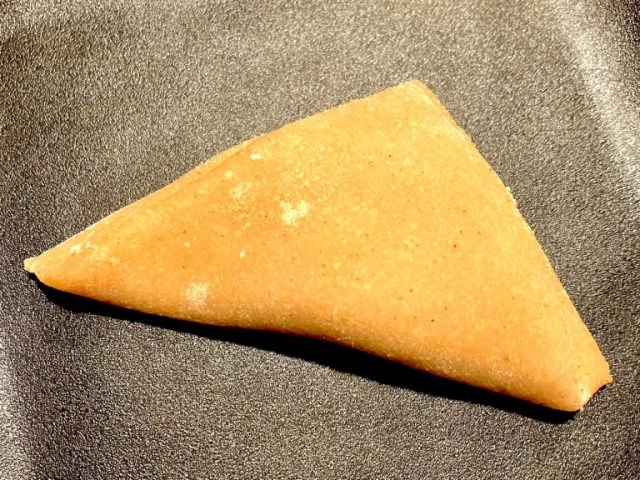

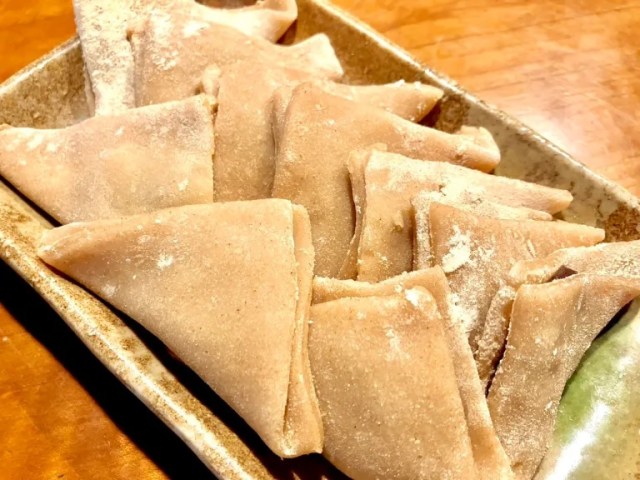
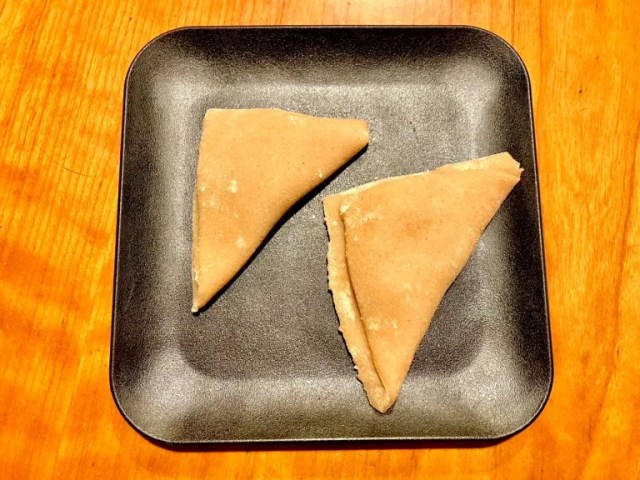
 If you cook Kyoto’s famous chewy “raw” confectionary, will it become a rice cracker?【SoraKitchen】
If you cook Kyoto’s famous chewy “raw” confectionary, will it become a rice cracker?【SoraKitchen】 Kyoto’s most famous confectionary in a chewy form – we try Yatsuhashi gummy candy
Kyoto’s most famous confectionary in a chewy form – we try Yatsuhashi gummy candy Kyoto’s most popular local sweets get a soft spin with Fuwafuwa Otabe【Taste test】
Kyoto’s most popular local sweets get a soft spin with Fuwafuwa Otabe【Taste test】 Pikachu and Kyoto candy maker team up for confectionary collaboration centuries in the making
Pikachu and Kyoto candy maker team up for confectionary collaboration centuries in the making Daiso DIY dessert! 100 yen store’s super-easy mochi sweets kit is our new hero
Daiso DIY dessert! 100 yen store’s super-easy mochi sweets kit is our new hero Majority of Japanese mayors say foreign residents are essential but most see good and bad effects
Majority of Japanese mayors say foreign residents are essential but most see good and bad effects Four Shinto shrines to pray for love at in Japan to start the New Year
Four Shinto shrines to pray for love at in Japan to start the New Year Japanese beef bowl chain Sukiya’s 2026 Smile Box lucky bag basically pays for itself
Japanese beef bowl chain Sukiya’s 2026 Smile Box lucky bag basically pays for itself Village Vanguard’s most expensive Black Lucky Bag sets an ominous tone for 2026
Village Vanguard’s most expensive Black Lucky Bag sets an ominous tone for 2026 Harajuku’s new permanent Tamagotchi shop is filled with cuteness and a surprising lack of poop
Harajuku’s new permanent Tamagotchi shop is filled with cuteness and a surprising lack of poop What did Shibuya really look like after the crowds on New Year’s Day?
What did Shibuya really look like after the crowds on New Year’s Day? That time Seiji called JASRAC to ask why he didn’t get paid royalties for his song being on TV
That time Seiji called JASRAC to ask why he didn’t get paid royalties for his song being on TV Local souvenir tip: our brains are scrambled after finding eggs cooked in the Tottori sand dunes
Local souvenir tip: our brains are scrambled after finding eggs cooked in the Tottori sand dunes Starbucks teams up with 166-year-old Kyoto doll maker for Year of the Horse decorations【Photos】
Starbucks teams up with 166-year-old Kyoto doll maker for Year of the Horse decorations【Photos】 Drunk Japanese woman found sleeping in street by 86-year-old man who comes to her rescue
Drunk Japanese woman found sleeping in street by 86-year-old man who comes to her rescue Starbucks Japan ready to get Year of the Horse started with adorable drinkware and plushies【Pics】
Starbucks Japan ready to get Year of the Horse started with adorable drinkware and plushies【Pics】 Hayao Miyazaki says Happy New Year to Studio Ghibli fans with new art for Year of the Horse
Hayao Miyazaki says Happy New Year to Studio Ghibli fans with new art for Year of the Horse We found possibly the quietest Japanese-style hotel in Tokyo’s bustling Shinjuku district
We found possibly the quietest Japanese-style hotel in Tokyo’s bustling Shinjuku district Cup Noodle tries an authentic Jiro-style ramen, but something’s not quite right
Cup Noodle tries an authentic Jiro-style ramen, but something’s not quite right The best Starbucks Japan Frappuccinos we want to drink again in 2026
The best Starbucks Japan Frappuccinos we want to drink again in 2026 We revisited Sweets Paradise after a decade to see if Japan’s dessert buffet still delivers
We revisited Sweets Paradise after a decade to see if Japan’s dessert buffet still delivers Japan’s oldest largetooth sawfish in captivity back on display in Mie Prefecture
Japan’s oldest largetooth sawfish in captivity back on display in Mie Prefecture Pizza Hut Japan’s hot lucky bags are perfect for a New Year’s pizza party
Pizza Hut Japan’s hot lucky bags are perfect for a New Year’s pizza party 7-Eleven Japan starts new temporary luggage storage service in over 300 branches
7-Eleven Japan starts new temporary luggage storage service in over 300 branches Disillusionment at Tsukiji’s tourist-target prices led us to a great ramen restaurant in Tokyo
Disillusionment at Tsukiji’s tourist-target prices led us to a great ramen restaurant in Tokyo Tokyo considering law requiring more trash cans following litter increase in heavily touristed area
Tokyo considering law requiring more trash cans following litter increase in heavily touristed area Tokyo’s Tsukiji sushi neighborhood asks tour groups to stay away for the rest of the month
Tokyo’s Tsukiji sushi neighborhood asks tour groups to stay away for the rest of the month Tokyo event lets you travel back in time, for free, to celebrate 100 years since Showa era start
Tokyo event lets you travel back in time, for free, to celebrate 100 years since Showa era start Japan may add Japanese language proficiency, lifestyle classes to permanent foreign resident requirements
Japan may add Japanese language proficiency, lifestyle classes to permanent foreign resident requirements Sanrio theme park in Japan announces plans to expand into a Sanrio resort
Sanrio theme park in Japan announces plans to expand into a Sanrio resort Stamina-destroying “Paralysis Noodles” are Tokyo’s newest over-the-top ramen innovation
Stamina-destroying “Paralysis Noodles” are Tokyo’s newest over-the-top ramen innovation Survey asks foreign tourists what bothered them in Japan, more than half gave same answer
Survey asks foreign tourists what bothered them in Japan, more than half gave same answer Japan’s human washing machines will go on sale to general public, demos to be held in Tokyo
Japan’s human washing machines will go on sale to general public, demos to be held in Tokyo Japan’s deadliest food claims more victims, but why do people keep eating it for New Year’s?
Japan’s deadliest food claims more victims, but why do people keep eating it for New Year’s? We deeply regret going into this tunnel on our walk in the mountains of Japan
We deeply regret going into this tunnel on our walk in the mountains of Japan Studio Ghibli releases Kodama forest spirits from Princess Mononoke to light up your home
Studio Ghibli releases Kodama forest spirits from Princess Mononoke to light up your home Major Japanese hotel chain says reservations via overseas booking sites may not be valid
Major Japanese hotel chain says reservations via overseas booking sites may not be valid Put sesame oil in your coffee? Japanese maker says it’s the best way to start your day【Taste test】
Put sesame oil in your coffee? Japanese maker says it’s the best way to start your day【Taste test】 No more using real katana for tourism activities, Japan’s National Police Agency says
No more using real katana for tourism activities, Japan’s National Police Agency says Starbucks Japan reveals new sakura drinkware collection, inspired by evening cherry blossoms
Starbucks Japan reveals new sakura drinkware collection, inspired by evening cherry blossoms Updated cherry blossom forecast shows extra-long sakura season for Japan this year
Updated cherry blossom forecast shows extra-long sakura season for Japan this year Mister Donut releases most intense matcha doughnut ever, in conjunction with Kyoto tea specialist
Mister Donut releases most intense matcha doughnut ever, in conjunction with Kyoto tea specialist Japan’s hardest frozen treat is secretly an ingredient to make great hot dessert drinks【Recipe】
Japan’s hardest frozen treat is secretly an ingredient to make great hot dessert drinks【Recipe】 How to make a massive deep dish Chicago Pizza…in your rice cooker
How to make a massive deep dish Chicago Pizza…in your rice cooker Gift-giving made easy! The most popular omiyage bought in Japan, station by station
Gift-giving made easy! The most popular omiyage bought in Japan, station by station
Leave a Reply